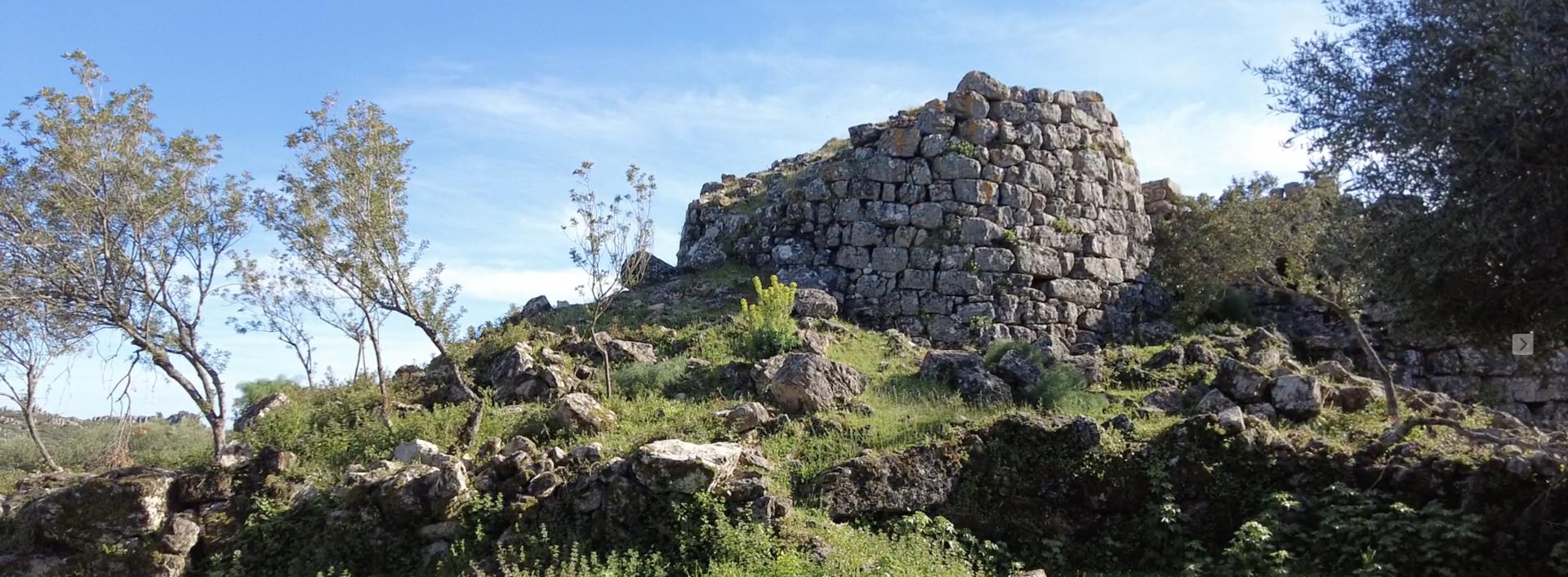The route was created as part of a collaboration between the GAL Ogliastra and the FoReSTAS Agency, with the aim of offering hikers an immersive experience in the natural and scenic beauty of the Ogliastra area. The itinerary features points of interest along every section. You can choose your starting stage and build your own customized route, traveling from north to south or from south to north. The direction of travel may change, but the quality of the landscape remains unchanged.
The path
The initial stretch of the route from Perd’e Pera (Gairo) to Tertenia stands out for its suggestive coastal path, which laps the sea between black pebbles, hidden coves and rock formations shaped by time. Along the route you will encounter wild environments and spectacular views such as that of Sa Perda Stampada.
The coastal landscape is also characterized by the famous red rocks of Ogliastra: porphyry formations sculpted by the wind, which rise in pinnacles and cliffs overlooking the sea, creating a chromatic contrast of rare intensity with the waters below, which fade from emerald green to deep blue.
The next stage, from Tertenia to Cea Arci (Ulassai), heads inland, crossing olive groves and agricultural areas and then immersing itself in thick holm oak forests. The route winds along the slopes of the Rio Corongiu, crossing the abandoned mining area of Talentinu and reaching Cea Arci, where a sheepfold guards the remains of an ancient nuraghe. The limestone and dolomitic formations here shape a harsh and fascinating landscape, marked by a long interaction between human activities and nature, today returned to a silent balance.
The following stage, from Perdasdefogu to Nuraghe S’Ulimu (Ulassai), opens up between cork oak and holm oak woods, entering a karst environment rich in joints and natural cavities, such as the deep Sa Brecca. The path alternates between shady stretches and panoramic areas, with views of the cultivated valley and the Tacchi di Ulassai, before descending to the ford of a river and climbing back up towards the archaeological sites of Nuraghe Trutturis and S’Ulimu, witnesses of a long settlement continuity. In this stretch of inland Sardinia, the journey becomes a profound exploration of landscape and history, in a continuous balance between the shaping force of nature and the stratified memory of man.
The itinerary concludes with a final stage that, starting from the Nuraghe S’Ulimu, winds through Mediterranean scrub, wetlands, and scenic panoramic viewpoints, eventually reaching the Sant’Antonio area, near a welcoming destination for hikers.
From Ulassai S'Ulimu Nuraghe to Sant'Antonio di Jerzu
The route begins at the archaeological area of Nuraghe S’Ulimu (Ulassai), where a visit to the site is recommended. It includes a nuraghe, Giants’ Tombs (30), and Domus de Janas, with the option to follow a well-marked circular trail.
The path continues along a dirt road, which briefly becomes paved, leading into the Mediterranean scrub. A descent brings you to a river crossing, near an artificial barrier that has created an interesting wetland area - an important habitat for various bird species.
The trail then climbs uphill, offering wide views over Monte Corongiu’s Tacco, equipped rest areas, and a shelter managed by the FoReSTAS Agency.
After crossing the SP13 road, you enter the outer area of the Tacchi d’Ogliastra. The route ends in Sant’Antonio, where you’ll find a Church, spaces for local events, and a welcoming stop, for meals and overnight stay.
In this final section of the route, for greater safety, it is advisable to follow the GPX track.

